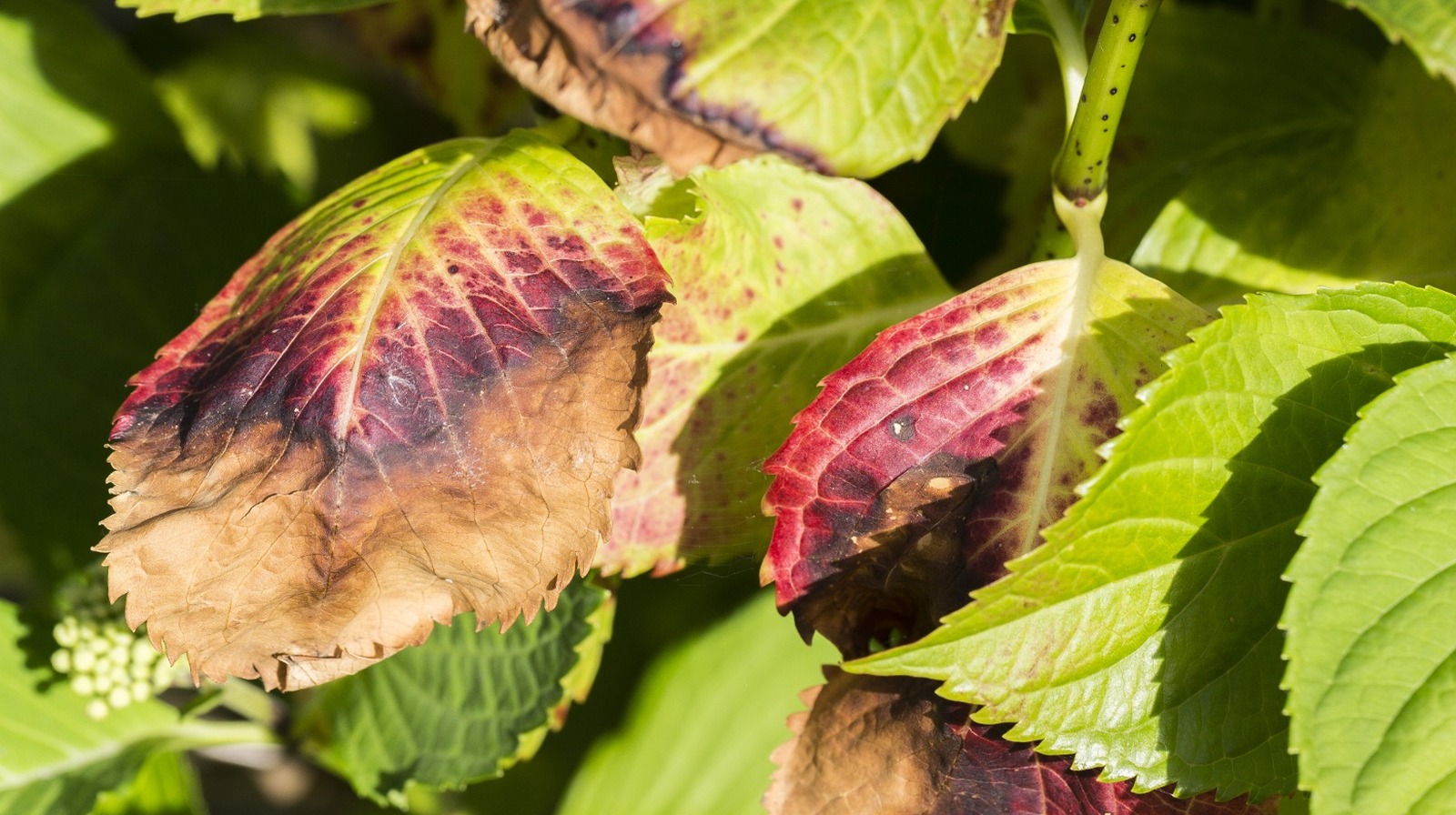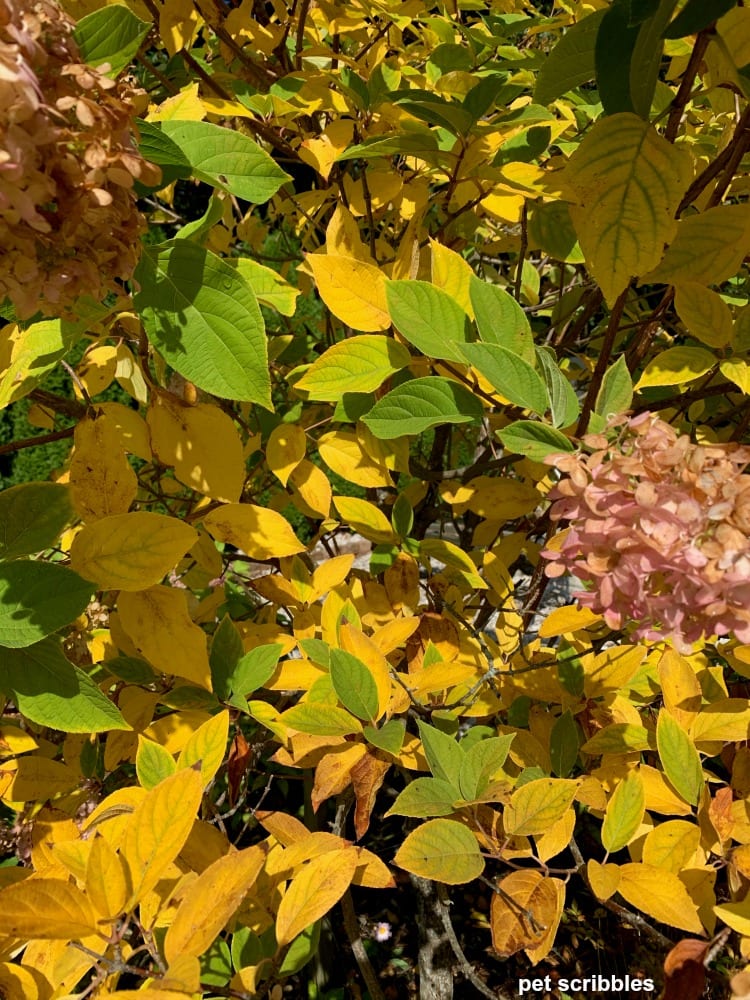The Buzz on Hydrangea Leaves Turning Yellow
Table of ContentsAll About Hydrangea Leaves Turning YellowThe Best Guide To Hydrangea Leaves Turning YellowNot known Details About Hydrangea Leaves Turning Yellow The Main Principles Of Hydrangea Leaves Turning Yellow
Hydrangea plants are recognized for their beautiful flowers, but often their fallen leaves can transform yellow. This is generally an indicator that something is wrong and the plant needs your help. There are several feasible root causes of yellow leaves on Hydrangeas, and fortunately a lot of them are simple to repair. Right here we'll cover one of the most common reasons of Hydrangea leaves transforming yellow and just how to repair them.Hydrangea leaves transforming yellow can be a cause for worry. Hydrangea leaves commonly transform yellow when the plant is overwatered.
When the roots of a plant are submerged in water for extended periods, they begin to asphyxiate and rot. This process cuts off the origins' oxygen supply, creating the fallen leaves to transform yellow and eventually pass away. Overwatering can also bring about various other troubles such as leaf decrease, origin damages, and fungal development.
If you assume your Hydrangea is overwatered, the most effective remedy is to allow the soil dry completely before sprinkling once more. It's likewise a good concept to inspect the drainage of your pot or yard bed and make certain that water is not pooling around the plant's roots. Hydrangea plants need well-drained dirt to thrive.
A Biased View of Hydrangea Leaves Turning Yellow
Hydrangea leaves can additionally turn yellow if the plant is not obtaining enough water. This occurs when the plant does not receive enough water, and the dirt begins to dry out.

This is recognized as "fertilizer burn," It happens when the plant's roots are revealed to too much plant food. Other indicators of fertilizer shed include brown or yellow leaves, wilting, and stunted growth.
This will certainly aid get rid of any type of excess fertilizer from the roots of the plant. It's also a good concept to lower the amount of fertilizer you are utilizing. Fertilizing as soon as a month throughout the expanding season should suffice. If you are using chemical plant food, Related Site it's best to make use of one that is watered down and used according to the maker's instructions.
Hydrangea Leaves Turning Yellow Things To Know Before You Get This

If your Hydrangea is infested with insects, dealing with the plant with neem or horticultural oil is the ideal service. It's also good to eliminate any type of damaged leaves from the plant (Hydrangea Leaves Turning Yellow).
To prevent spreading the condition, make sure to decontaminate your scissors before cutting any kind of leaves off. Hydrangea leaves can also transform yellow if the temperature stresses the plant. This usually takes place when the plant is exposed to severe cold or warmth. The leaves of the plant will turn yellow and start to useful source drop off.
If the temperature stresses your Hydrangea, you require to move the plant to a location where it will be shielded from the extreme cold or heat. You can likewise attempt to provide the plant with some partial color if subjected to guide sunlight. You can additionally attempt including compost around the plant base to assist manage the temperature level.
Some Known Factual Statements About Hydrangea Leaves Turning Yellow
When the plant's roots are submerged in water for too long, they begin to rot. One of the most typical origin rot signs and symptoms is yellowing leaves, as the fungi protects against the roots from soaking up nutrients from the soil.
Other signs of origin rot include stunted development, wilting, and fallen leave drop. Examine the origins of your Hydrangea if it has origin rot. If they are black or brown, after that they are probably rotten. If some healthy origins are left, you can try to save the plant by replanting it in a new pot with fresh soil.
If your click for source Hydrangea is heavily influenced by root rot, starting with a new plant is best. As Hydrangeas age, their leaves will slowly turn yellow and brown before dropping off the plant.
You can assist the plant by ensuring it is getting enough water and nutrients. You can likewise mulch around the plant base to aid it preserve wetness. There are numerous reasons that hydrangea leaves may turn yellow and diminish. Hydrangea Leaves Turning Yellow. One possibility is that the plant is not obtaining enough water.